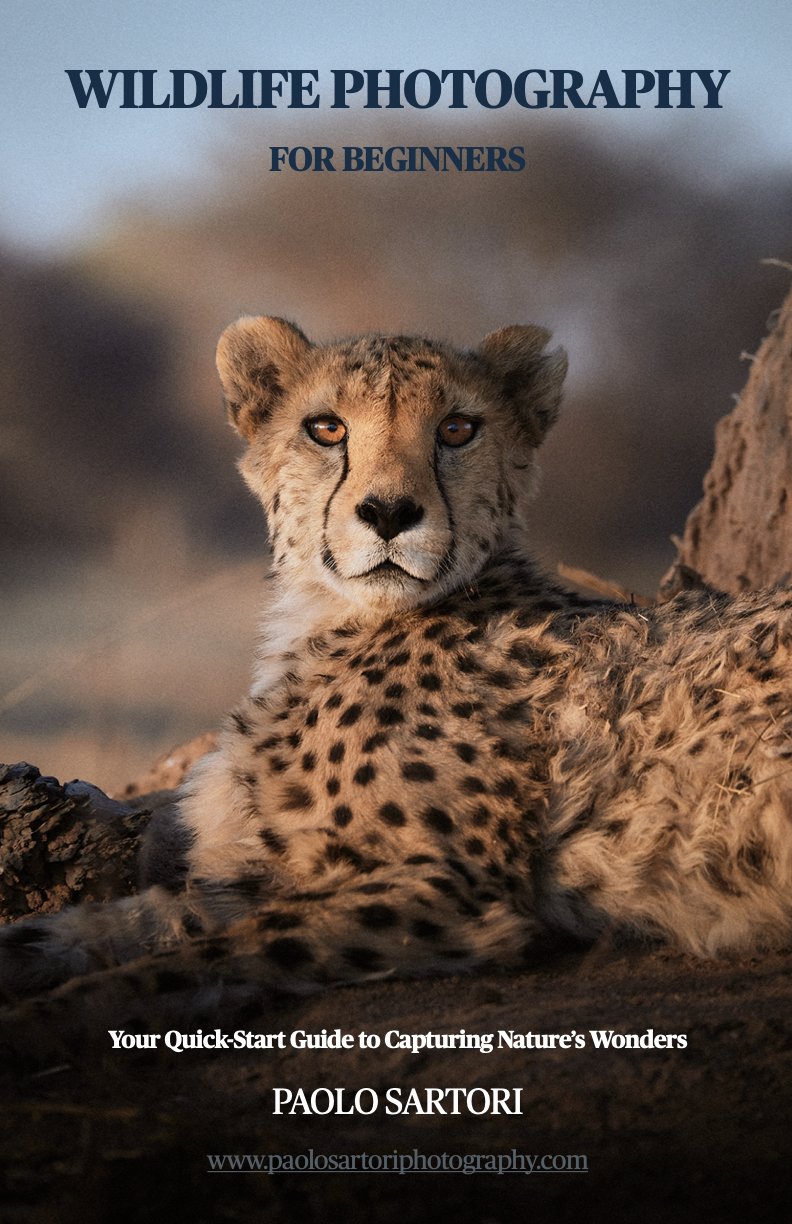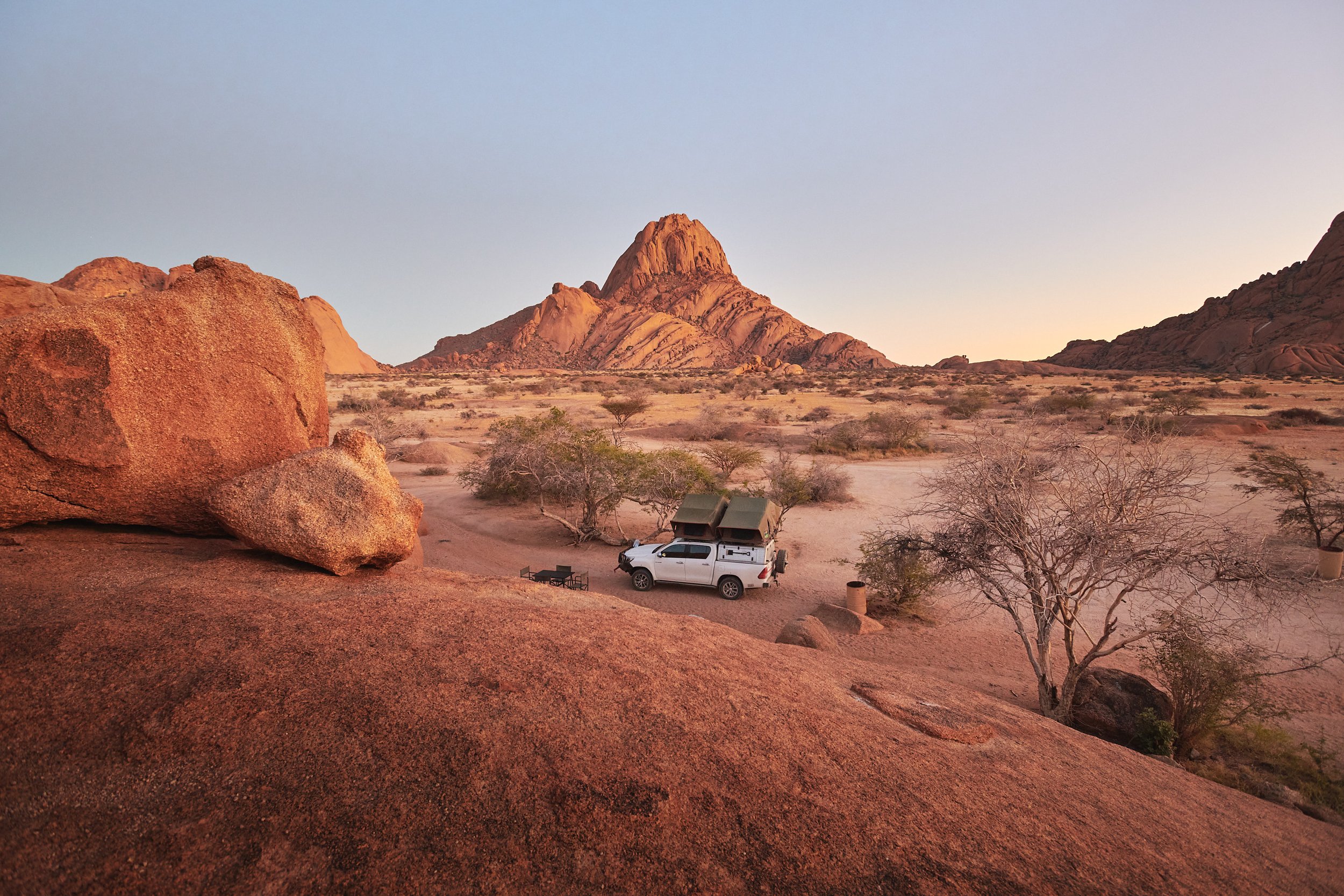If you're still "exposing to the right" (ETTR) like we all did back in 2012, it's time to rethink your wildlife photography strategy. I did it myself for years—but recently realized the rules have dramatically changed.
Modern camera sensors, such as those in the Canon R5, R3, Nikon Z9, and Sony A1, have drastically improved dynamic range and shadow recovery capabilities. Today, intentionally underexposing your images slightly can actually preserve critical highlights and provide greater editing flexibility later on.
In this article, I'll explain why ETTR is outdated for wildlife photography in 2025, how I now expose my images, and when ETTR might still be beneficial.
What is ETTR (Expose to the Right)?
"Expose to the Right," or ETTR, is a photography technique that was popularized more than a decade ago. The concept involves pushing your camera's histogram as far right as possible without clipping highlights. By maximizing the amount of captured light, you collected more data in the brighter areas of the image, resulting in cleaner files with less noise and better color quality—especially in the shadow areas.
This approach made perfect sense back in the era of early DSLRs like the Canon 5D Mark II or Nikon D700. These cameras had (relatively) limited dynamic range, particularly at higher ISO settings. Pulling up shadows in post-processing would often reveal ugly noise, discoloration, and loss of detail.
ETTR was the logical solution, allowing photographers to capture more image data upfront and reduce reliance on heavy shadow adjustments later. However, the photography landscape has significantly evolved.
A photo captured with Canon R3 at 20.000 ISO
Why ETTR is Now Outdated for Wildlife Photography
Today’s mirrorless cameras have completely changed the game. Sensors in cameras like the Canon R5, R3, Nikon Z9, or Sony A1 offer incredible dynamic range and impressive shadow recovery. It's now common to recover shadows by three stops or even more without noticeable quality loss.
But there’s one big catch: blown highlights are still irrecoverable. Once highlights clip—like bright feathers on a bird or sunlit fur on a predator—no amount of editing can recover those details.
In wildlife photography, conditions change rapidly. Animals move unpredictably, backgrounds shift, and lighting conditions vary in seconds. Using ETTR in these scenarios often means guessing exposure, risking highlight loss, and potentially missing shots you can't retake.
Underexposing slightly, on the other hand, helps preserve essential highlight detail, giving you more flexibility when editing RAW files later.
My New Approach: Smart Underexposure
My current technique involves intentionally underexposing images by approximately two-thirds to one full stop, especially in high-contrast or brightly lit situations. This approach ensures I retain highlight details and gives me room for shadow recovery without compromising image quality.
Here's exactly how I set up my camera in the field:
Shoot Manual mode with Auto ISO: This lets me precisely control shutter speed and aperture while the camera automatically adjusts ISO to balance exposure.
Enable Highlight Alerts (Zebras): This visual indicator quickly shows if highlights are close to clipping, so I can adjust accordingly.
Histogram management: I aim for a histogram that approaches the right edge without touching it, ensuring no crucial details are lost.
Rely on RAW data, not JPEG previews: The camera's JPEG preview can be misleading. Always check your RAW histogram and confirm recoverable details later in post-production software like Lightroom or Capture One.
By following this workflow, even in challenging lighting, I maintain maximum flexibility to adjust shadows and exposure in post-processing.
Is ETTR Ever Still Useful?
Does this mean ETTR is completely obsolete? Not quite—there's still one specific scenario where ETTR remains beneficial: extremely low-light photography at high ISO settings.
For instance, pre-dawn wildlife drives or evening shoots in dim forests are scenarios where noise—not highlights—is the primary enemy. Here, pushing the exposure slightly to the right helps produce cleaner images straight out of camera, reducing reliance on shadow brightening, which can drastically increase noise.
In low-light situations, I:
Open my lens aperture wide (f/2.8 or f/4).
Lower shutter speed as far as practical for sharp images.
Push the histogram rightward cautiously, ensuring no highlights clip.
Since these environments typically have low contrast and limited dynamic range, capturing a brighter initial exposure minimizes noise and produces higher-quality images overall.
Final Thoughts: Smart Underexposure is the Real Wildlife Photography Hack
While ETTR had its merits in the DSLR era, modern mirrorless cameras have shifted the photography landscape significantly. In 2025, careful, intentional underexposure—prioritizing highlight protection—is the superior strategy for wildlife photographers.
By exposing for flexibility, protecting highlights, and confidently working with shadows in post-processing, you'll consistently capture better wildlife images.
Still struggling with tricky lighting and high ISO scenarios? You're not alone. I made a comprehensive video on managing low-light wildlife photography, packed with practical insights for cleaner, sharper photos.



















































